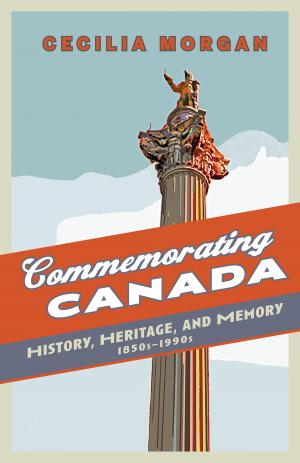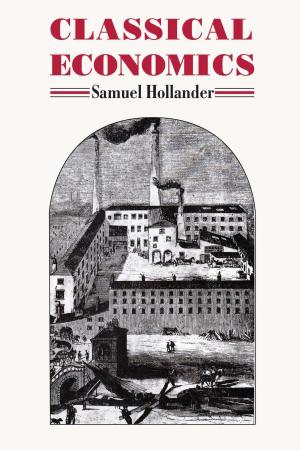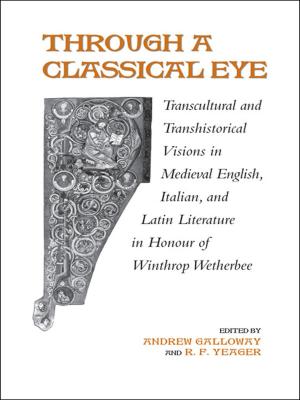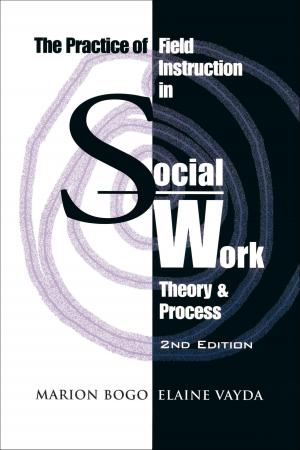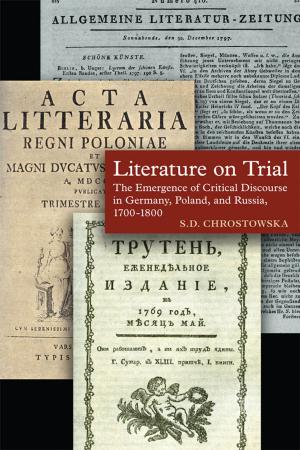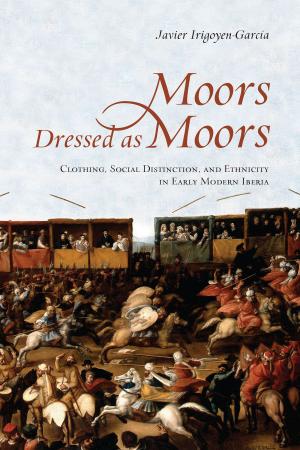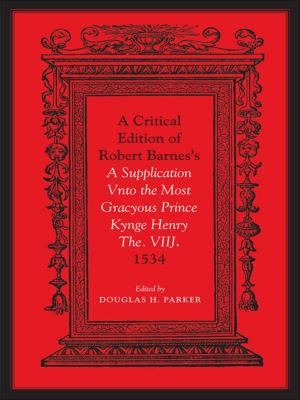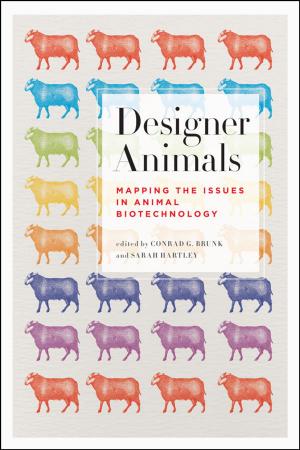The Cold Light of Dawn
A History of Canadian Astronomy
Nonfiction, History, Americas, Canada, Science & Nature, Science, Other Sciences| Author: | Richard Jarrell | ISBN: | 9781487590543 |
| Publisher: | University of Toronto Press, Scholarly Publishing Division | Publication: | December 15, 1988 |
| Imprint: | Language: | English |
| Author: | Richard Jarrell |
| ISBN: | 9781487590543 |
| Publisher: | University of Toronto Press, Scholarly Publishing Division |
| Publication: | December 15, 1988 |
| Imprint: | |
| Language: | English |
The discovery in 1987 of a supernova brought to world attention the excellence of Canadian astronomers. As Richard Jarrell explains in this book, the path to excellence has been a long one. Although astronomy has been practised in this country from the earliest days of exploration, its professional status has slowly evolved in much the same way as has the nation itself.
In the period of exploration and early settlement, the practical needs of navigators and surveyors were foremost. Astronomical practitioners – for many used astronomy but few were professional or even amateur astronomers – came from elsewhere. Only when Canada was a settled colony, halfway through the nineteenth century, did its own scientific needs emerge. By the century's end Canadian astronomy, socially and institutionally unique and independent, had been established: astronomers born and trained in Canada worked in their own organized and funded institutions.
In the twentieth century the story is dominated by the Dominion Observatory, and, in higher education, the University of Toronto. The federal government remained the biggest actor, in employment and funding, first through the observatories, then the National Research Council. The expansion of universities greatly broadened the scope of Canadian astronomy, while the Royal Astronomical Society of Canada, local clubs, literature, planetariums, and museums kept the public informed. By the 1960s Canadian astronomy, though small in size, was as sophisticated as any in the world.
The discovery in 1987 of a supernova brought to world attention the excellence of Canadian astronomers. As Richard Jarrell explains in this book, the path to excellence has been a long one. Although astronomy has been practised in this country from the earliest days of exploration, its professional status has slowly evolved in much the same way as has the nation itself.
In the period of exploration and early settlement, the practical needs of navigators and surveyors were foremost. Astronomical practitioners – for many used astronomy but few were professional or even amateur astronomers – came from elsewhere. Only when Canada was a settled colony, halfway through the nineteenth century, did its own scientific needs emerge. By the century's end Canadian astronomy, socially and institutionally unique and independent, had been established: astronomers born and trained in Canada worked in their own organized and funded institutions.
In the twentieth century the story is dominated by the Dominion Observatory, and, in higher education, the University of Toronto. The federal government remained the biggest actor, in employment and funding, first through the observatories, then the National Research Council. The expansion of universities greatly broadened the scope of Canadian astronomy, while the Royal Astronomical Society of Canada, local clubs, literature, planetariums, and museums kept the public informed. By the 1960s Canadian astronomy, though small in size, was as sophisticated as any in the world.

